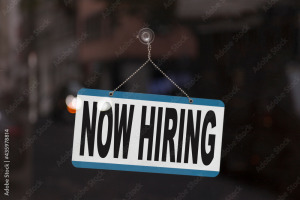
U.S. payrolls growth picks up, unemployment rate drops
The U.S. economy in December added the most jobs since March, capping a surprisingly strong year and supporting the case for a pause in Federal Reserve interest-rate cuts.

The U.S. economy in December added the most jobs since March, capping a surprisingly strong year and supporting the case for a pause in Federal Reserve interest-rate cuts.

Economists called the drops “encouraging,” but cautioned that seasonal adjustments around the holidays can throw off the numbers.

The labor market has hinted at some softening recently but remains broadly healthy and has held up better than many economists predicted considering that interest rates have been elevated for years.
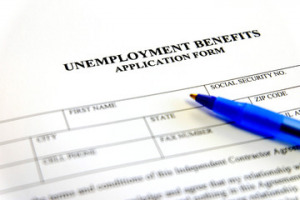
Analysts say the increase is more likely a result of Hurricane Helene—and the Boeing machinist strike—than a broader softening in the labor market.
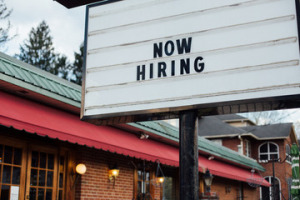
Given Friday’s stronger-than-expected hiring report, economists say the Fed will almost certainly cut its benchmark rate in November by a modest quarter-point, after its larger-than-usual half-point reduction in September.

Weekly filings for unemployment benefits, considered largely representative of layoffs, had risen moderately since May before this week’s decline.

Friday’s report from the Labor Department showed that employers added 35% fewer jobs than forecasters had expected and the unemployment rate hit its highest level since October 2021.

The four-week average for continuing claims rose to 1,857,000, the most since December 2021.

The unemployment rate ticked up from 4% to 4.1%, a still-low number but the highest rate since November 2021.

Though this week’s number seems relatively high, it’s still within a range that reflects a healthy labor market.
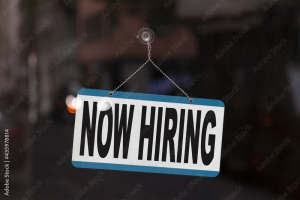
After a miniboom that powered the first quarter of 2024, the labor market cooled in April, reflecting job growth that looked more like the latter half of 2023. April’s job gains were the smallest reported since October.
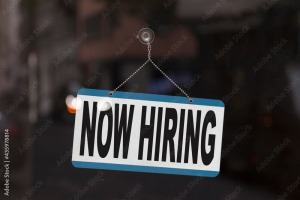
The job market has remained surprisingly resilient, with the unemployment rate staying below 4% for 23 straight months, the longest such streak since the 1960s.
The four-week moving average, which offers a clearer picture of the trend, was little changed at 212,000 last week, the lowest since late October.

The acceleration in payrolls is at odds with recent reports that have depicted a softer hiring pace, an outcome favored by the Fed as it will help rein in demand and tame price pressures.

The claims are viewed as a proxy for layoffs and remain extraordinarily low by historical standards, signalling that most Americans enjoy unusual job security.

Businesses continue to retain workers despite elevated interest rates meant to cool the economy and labor market.

The U.S. labor market remains strong despite higher interest rates—perhaps too strong for the inflation fighters at the Federal Reserve.

Last month’s job growth marked an increase from July’s revised gain of 157,000, but still pointed to a moderating pace of hiring compared with the sizzling gains of last year and earlier this year.

Economists say that given the difficulties in finding workers during the past two years, businesses will likely hold onto them as long as possible, even if the economy weakens.
Despite the influx of workers, average hourly wages rose 0.4% from June and 4.4% from a year earlier—numbers that were hotter than expected and are likely to worry the Federal Reserve.